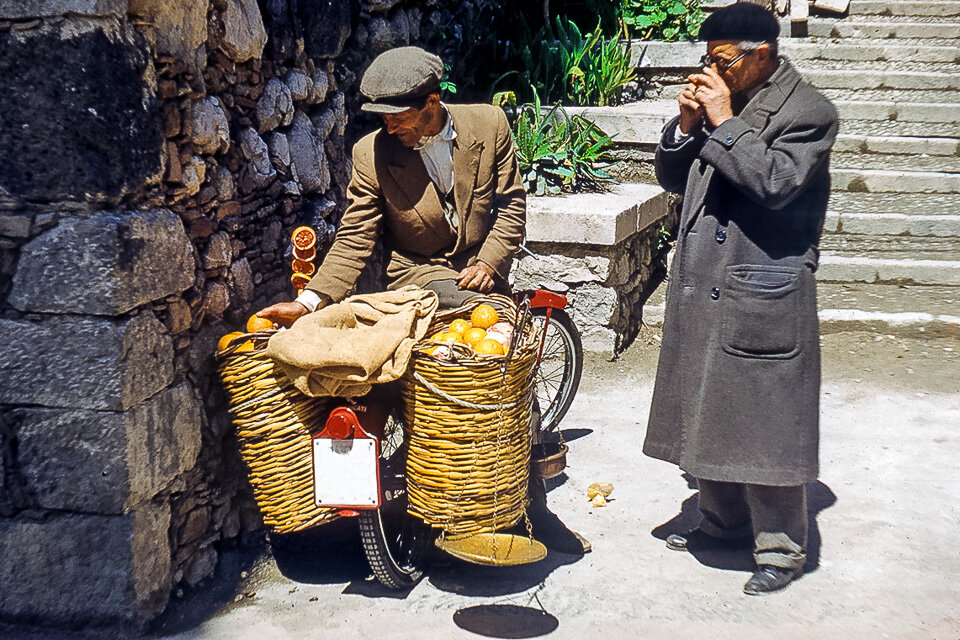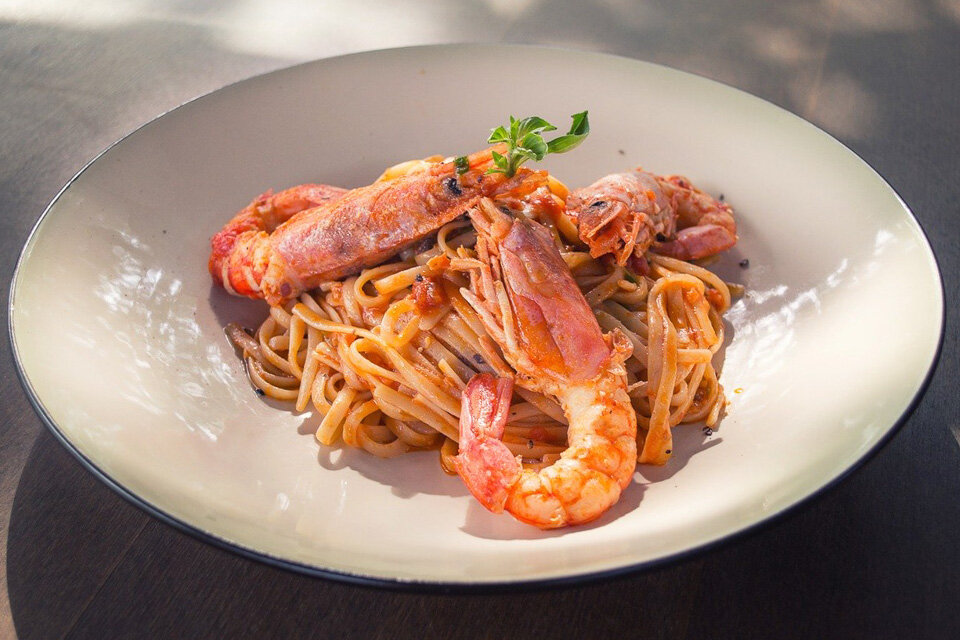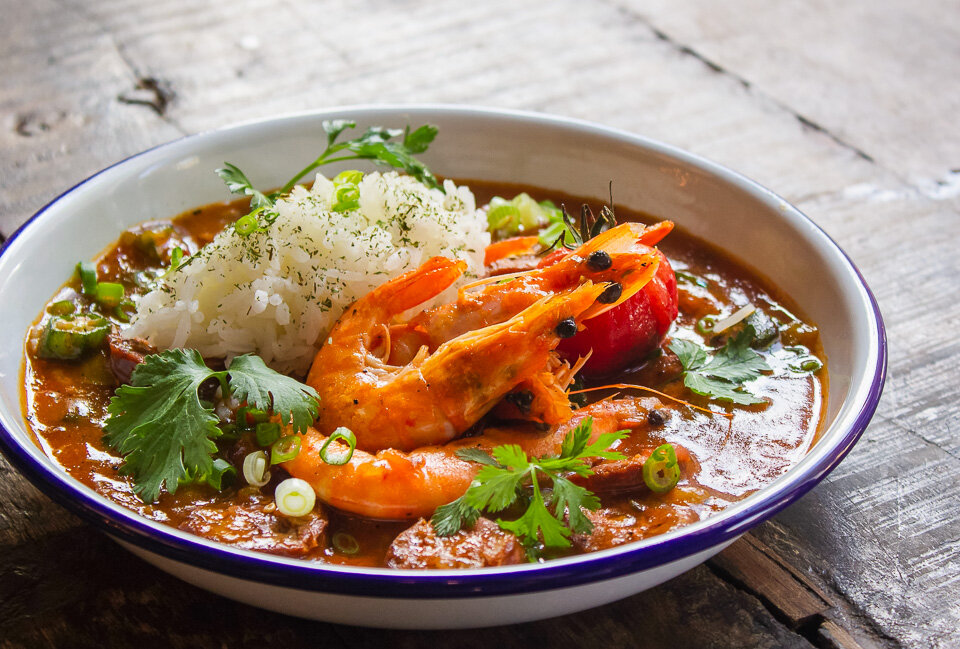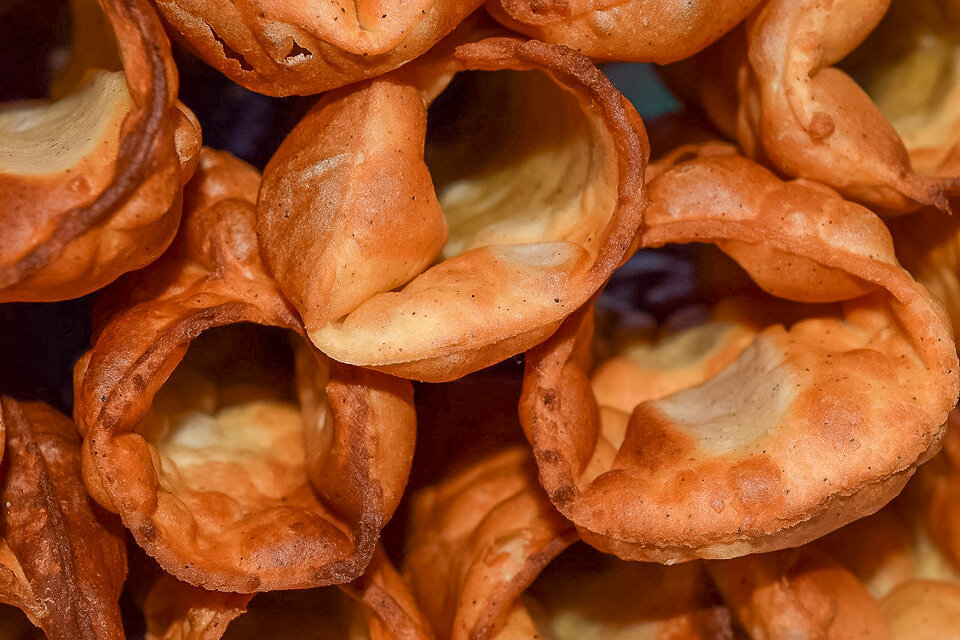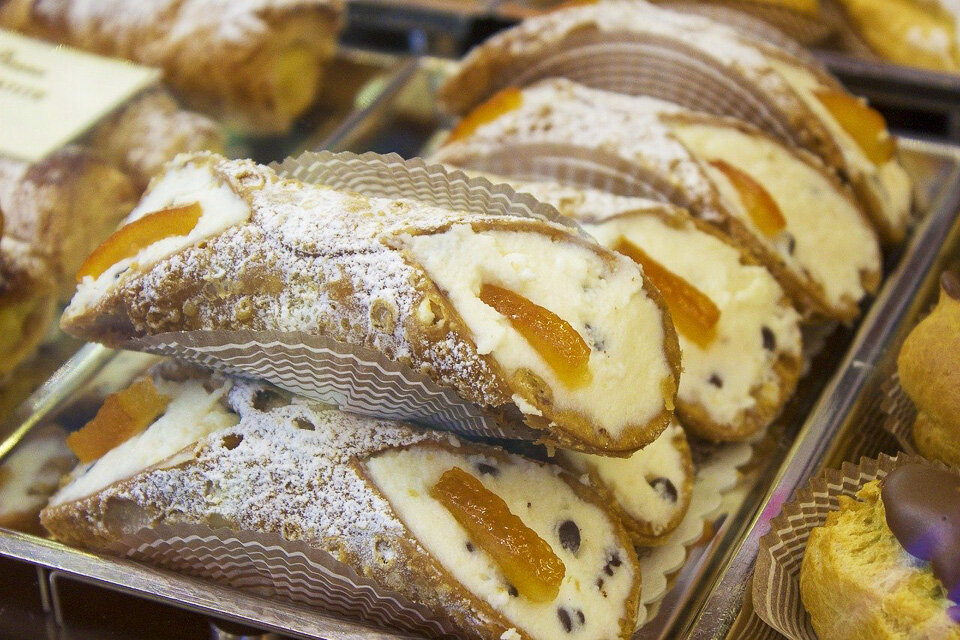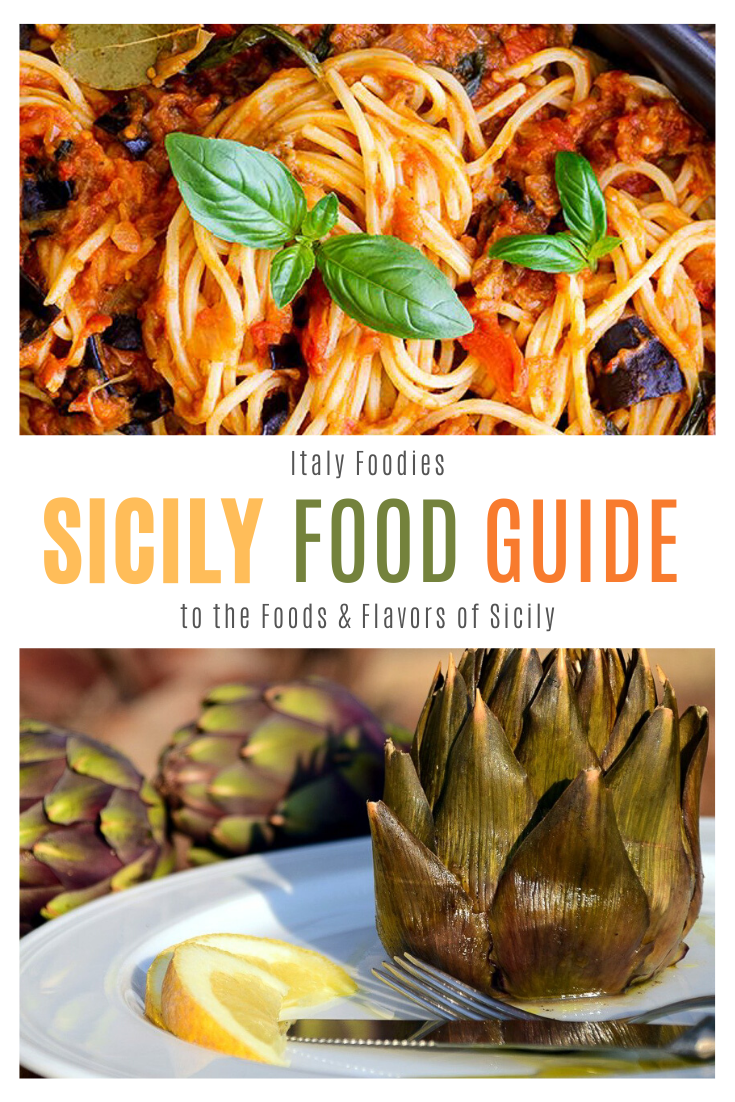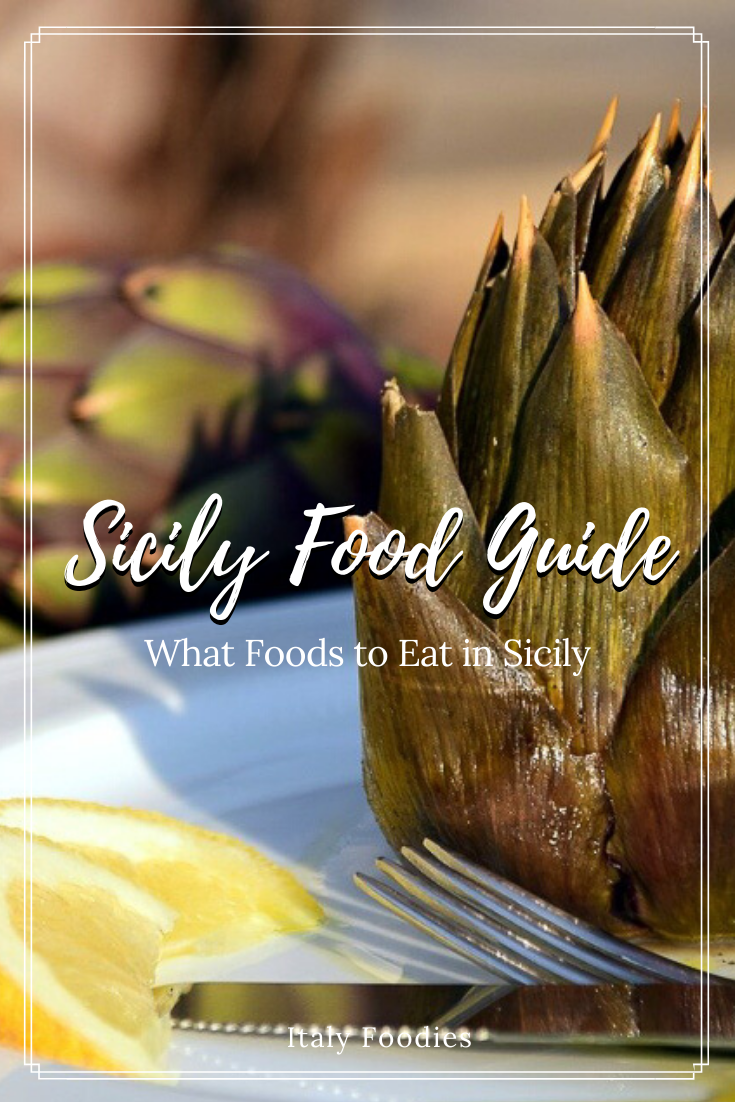Food in Sicily Italy: A Foodie’s Guide to Regional Flavors and Culinary Traditions
Sicily isn’t just a destination; it’s a feast. The island’s food is a living mosaic of centuries-old influences, with flavors layered from Greeks, Arabs, Normans, and Spanish settlers who all left their culinary fingerprints.
Picture a place where every bite tells a story of sea breezes, volcanic soil, and sun that practically kisses every tomato on the vine. Hungry yet? You should be.
This is food in Sicily, Italy—intense, colorful, and deeply tied to its seasons and landscapes. Sicily’s cuisine celebrates abundance, but not in a fancy, white-tablecloth way.
Here, food is rustic and soulful. It’s made for sharing, best enjoyed on a terrace overlooking lemon groves or in a tiny trattoria with plastic chairs and grandmas running the kitchen.
Slow travelers, take your time here—Sicily will feed your belly and your soul.
Espresso and citrus break in Sicily
Where to Try the Food
Perhaps more than anything else, culinary travelers come here for the food, and cities like Catania and Palermo are among the best in Italy for food! Sicilian food is unique in the world, even within the definition of what’s typical in Italy. The Palermo Opera House and UNESCO Baroque churches in Noto and Modica are world-renowned Sicilian architectural landmarks, along with the Greek Temples of the Valley of Temples located in Agrigento.
You just can’t travel to Sicily without meandering into the gelaterías, restaurants, markets and cafés that serve the typical Sicilian food and regional wine that the island is famous for.
Sicily is home to world-famous foods like the cannoli, artichokes, rustic Italian breads, all things citrus, and equally tantalizing delicacies like Gambero red prawns and the chocolate made in Modica.
Sugared oranges
The Power of the Seasons
Sicilian food, and Sicilian produce in particular, is dictated by the seasons, and while this can still be said for much of Italy, it’s especially true here. This is where you truly taste time.
Let’s not forget Sicily’s volcanic soil from Mount Etna which makes its produce burst with flavor. Seasonality isn’t a buzzword here. It’s a way of life.
There are four traditional seasons in Sicily each boasting its own edible (and drinkable) offerings.
If you’re. a fan of Italian liqueurs, Sicily makes some good ones produced mostly from the abundance of unique locally grown fruits.
Seasonal Produce Worth Traveling For
Forget supermarket tomatoes that taste like cardboard—Sicily’s produce is in a league of its own. One of the best things about the produce you’ll find in Sicily is that they’re almost all grown locally with the exception of a few fruits such as bananas and pineapples which are imported.
Travel according to when your favorite foods are in season, which means you can’t go wrong anytime of year.
Spring
The sweet smell of spring brings with it the sweet smell of medlars, also called loquat, a small orange fruit that migrated to Sicily from Japan. Strawberries, apricots, cherries, and little bitty sweet pears are also abundant.
Markets explode with countryside-grown fresh artichokes, wild fennel, tender peas, wild asparagus and fava beans, often eaten raw with pecorino.
Medlar fruit, also known as loquat
Summer
Summer brings sweet cantaloupe melons, peaches, prune plums, sun-ripened tomatoes, figs, eggplants in every shape and size, and peppers that make dishes like Pasta alla Norma shine.
Fall
During the latter part of summer, grapes are ready for harvest and the abundance of olives means a good harvest as well. Autumn is also time for chestnuts which carry into the cooler winter months.
Winter
Winters in Sicily feature fruits such as oranges and mandarins, as well as lemons and grapes. You’ll find veggies such as broccoli, hardy chard, aubergines, chicory, in addition to nuts such as walnuts.
Famously, winter showcases citrusso juicy it should come with a bib—lemons, blood oranges, and mandarins that practically glow in the sun.
Actually, lemons and a fruit called Citron, a large aromatic citrus fruit with a bumpy thick rind, were both initially introduced to the island by the Greeks. These two fruits, in particular, are generally grown in Piana di Catania.
Tarocco, the Sicilian blood orange, is a fruit that’s exclusively grown in Sicily. That’s pretty cool. It can’t be exported because it can’t be waxed, and the skin cannot be removed before shipping. So be sure and enjoy it while you’re here!
Given the importance of a chilled glass of wine with each meal in Sicily, the perfect glass of wine, it’s a given that the country is home to many many vineyards as well.
Ballaro Market
Foodies should head to the Ballaro Market in Palermo for one of the best foodie experiences you can have in Sicily!
It’s safe to say that there is no shortage of citrus fruits such as lemons and oranges. After all, an astounding 67% of the citrus farms in all of Italy are located in Sicily.
Three kinds of arancini
Specialty Foods and Dishes in Sicilian Cuisine
Specialty Foods
Sicily is a paradise for anyone serious about food. Here are some regional treasures:
Extra Virgin Olive Oil - Grown in fertile volcanic soil, Sicilian olive oil has a peppery kick that makes every dish sing.
Pistachios from Bronte - These vibrant green nuts are grown on the slopes of Mount Etna and are so prized they have DOP status.
Almonds from Avola - Sweet and perfect for marzipan, cookies, and pastries.
Salt from Trapani - Harvested from ancient salt pans, this sea salt has been prized since Roman times.
Marsala Wine - A fortified wine from the west coast, perfect for sipping or cooking.
Caponata - Sicily’s iconic eggplant dish, sweet-and-sour and packed with vegetables.
Traditional Dishes You Can’t Miss
Arancini (rice balls) - Golden, crispy rice balls filled with ragu, cheese, or spinach.
Rice balls known as arancini are a popular Sicilian street food and snack food. In fact, these fried rice treats are such a popular street food found throughout Italy, though the regional variations are distinct depending on where you are.
Arancini originated in Sicily and can be filled with everything from ground meat such as lamb, beef, or pork, or even prosciutto, and veggies like peas and onions.
But the one ingredients most have in common is cheese which helps to bind the rice together along with a touch of tomato sauce in the center.
Caponata is another favorite and it seems to be catching on with our American friends. This sweet-and-sour Sicilian eggplant appetizer is served cold or more infrequently mixed in with pasta as a main dish. It’s super easy to make with endless variations on the theme!
Pasta, Sicilian Style
Sicilian pasta dishes are a love letter to the island’s bounty! Pasta and pesto dishes are plentiful in Sicily, and it’s interesting to note the different pasta shapes that are unique to Sicily as opposed to northern Italy.
Sicily features dozens of varieties of pasta and even more pasta-based dishes, but you’ll see these five more than others:
Pasta alla Norma - Eggplant, tomato sauce, ricotta salata, and basil.
Pasta con le Sarde - Fresh sardines, fennel, pine nuts, and raisins—a dish that captures the island’s Arab influence.
Busiate al Pesto Trapanese - Twisted pasta with almonds, tomatoes, garlic, and basil.
Anelletti al Forno - Ring-shaped pasta baked with ragu, cheese, and peas. Comfort food, Sicilian style.
Spaghetti or Bucatini with Red Prawns - a uniquely Sicilian seafood dish
Pasta alla Norma
Pasta alla Norma is so iconic to the region, I thought it deserved an in-depth look. This famous dish makes good use of eggplant, or melanzana in Italian, one of Sicily’s signature vegetables.
The pasta can be cut pasta or long strands, but like most southern Italians, Sicilians favor spaghetti and bucatini (hollow spaghetti noodles), though either pasta can then be turned into one of Sicily’s favorite pasta dishes, Pasta alla Norma. Perfection.
Given Sicily’s love affair with all things seafood, Pasta con le Sarde (pasta with sardines) is a popular pasta dish. Look for the sardines to be fried then chopped or ground and mixed with toasted breadcrumbs for binding the fish to the noodles.
If you love sardines, you’ll love this uniquely Sicilian take on pasta. Spaghetti or Bucatini with Red Prawns is often topped with grated bottarga, quite a luxurious option found in many fine-dining restaurants on the island.
More pasta and seafood dish combinations are made with sea urchins and also cuttlefish ink — the end result is pasta with deep dark black sauce!
Breads That Tell a Story
Bread in Sicily is more than a side dish; it’s a ritual.
Try Pane di Monreale, a golden sesame-topped loaf, or Cunzato bread, seasoned with olive oil, salt, oregano, and anchovies for a no-fuss street snack. There’s also Scaccia, a thin, layered bread stuffed with tomato, cheese, or veggies—a rustic Sicilian cousin to lasagna.
Every town has its own variation, and yes, you should try them all.
Veal is always a popular choice in Sicily
Meat and Seafood in Sicily
Meats and Cured Meat
Carnivores traveling to Sicily will have lots of meat options for dining. Veal, pig, lamb, beef, and goat are readily found. Horse meat is also a local favorite, as is rabbit, one of our personal favorites.
Horsemeat is said by locals and adventurous travelers to be very flavorful but tougher than say a beef steak so a bit more of a chore to chew.
We’ve had it in Bologna, air-dried like brasciole, and it was tasty though nothing distinctive.
Pigs in Sicily are raised for pork generally in an open environment where they’re allowed to roam free. They’re often fed with food left from cheese production or with local nuts and berries. This gives the pork a deep, rich and sweet flavor.
Sicily like most of Italy is recognized globally for its richly flavorful selection of cured meats and salami such as the Salame of San’t Angelo di Brolo.
Fish market in Catania
Sicilian Seafood
Sicily is an island located in the Mediterranean Sea so it’s no surprise that there is plenty of local seafood available including fresh local sea bass, swordfish, tuna, gold bream, clams, scabbard fish, squid (calamari), octopus, mussels, prawns, sardines and anchovies.
You will find the freshest seafood available in coastal towns especially within the major fishing ports such as the Ports of Acei Trezza, Castellammare del Golfo Mazara del Vallo, Maramemi, Pozzallo, and Sciacca.
There are three ways to harvest absolutely fresh Sicilian seafood. The first is to be aboard the boat that nets the fish and eat it right there while you’re on board — doesn’t get any fresher than that.
Since that’s not always a practical option — and let’s face it, fishing boats just don’t offer the same luxurious feel as would a fine dining establishment on a quiet cobblestone street featuring a well-aged wine list and white linen tablecloths — the next option is to meet the boat at the dock and buy the fish there.
Actually, this is both the second and the third way.
The difference between the two is that some fishing companies feature vessels that are equipped to freeze the fish at sea. This preserves the freshness and provides an extra protection of the flavor that the fare demands.
Fishmongers and Fish Markets
As one of the largest Fish Markets in all of Italy, the fish market La Pescheria located in Catania features fresh seafood, cheese, and local wines.
Not only is this a wonderful place to buy and to try different local foods, the fish market is an experience all of its own.
As you make your way through the marketplace among the smells and brilliant colors, local merchants call out in booming voices accompanied by dramatic gestures to get the attention of visitors and potential customers to the market in an effort to showcase their wares.
The selection varies by day as you might expect. Commonly available, however, are various fish including sea bass, swordfish, fresh tuna, gold bream, clams, scabbard fish, squid, octopus, mussels, prawns, sardines and anchovies (to name a few) as well as other non-seafood items such as local cheeses, vegetables grown in local villages, and local mushrooms too!
Sicilian Seafood Soup
One of the most sought after dishes in Sicily is Sicilian Seafood Soup. In addition to tastebud tantalizers like Saffron and white wine, the local fishermen provide an array of seafood featured in the soup including, but not limited to: swordfish, shrimp, muscles, calamari, and clams.
Sicilian Red Prawns (Gambero Rosso di Sicilia)
Found in the depths of the Mediterranean, the Sicilian Red Prawn, known also as Gambero Rosso di Sicilia are not only a Sicilian Delicacy, they’re the center of quite the controversy!
It seems the Libyan Government and the fishermen bringing the delicacy from the depths of the Mediterranean disagree on the boundaries of Libya which has resulted in the confiscation of fishing boats, the capture of fishermen, and a vast reduction in those fishing famous Red Prawns coming to Sicily.
Given the dangers that fishermen face procuring this treasure of the sea, it’s no surprise at all that the Red Prawns found in Sicily are largely regarded as the most expensive prawns in the entire world.
It isn’t just the danger faced in pulling Gambero Rosso di Sicilia from the sea though that makes them such a rare and expensive delicacy.
The prawns rare red coloring and the distinct flavor that comes from the deep depths of the Mediterranean where they dwell and the plethora of minerals that the Prawns feed on are what makes them so distinct and sought after by some of the most famous chefs in the world.
Bottarga
Sicilian Bottarga is a local delicacy that’s referred to as the Gold of the Mediterranean. Bottarga is made from the roe (eggs) of locally caught tuna. Once harvested, bottarga is preserved with salt and dried. Its served much like parmesan cheese — grated over pasta and other Sicilian dishes.
In other places around the world, Bottarga is made with both tuna and mullet roe. However in Sicily, only tuna roe is used.
Sweet Endings: Sicilian Desserts
Desserts in Sicily are art. Start with Cannoli—crispy pastry shells filled with sweet ricotta cream. Then there’s Cassata, a baroque masterpiece of sponge cake, marzipan, and candied fruit.
Summer calls for granita, a semi-frozen treat in flavors like almond, coffee, and lemon, best eaten with a warm brioche. And don’t skip Frutta Martorana, marzipan shaped like tiny fruits. They’re almost too pretty to eat. Almost.
Cannoli
A cannoli in Sicily is like no other. One of the most popular Sicilian sweets, the crunchy outer shell of the cannoli is stuffed with a fresh ricotta cheese filling enhanced by just a splash of lemon and a dash of sugar.
Cannolo are so beloved in Sicily that there’s practically a cannoli food festival anywhere you might be visiting!
In Sicily, the filling of a cannoli is typically not piped into the crunchy outer shell until you order it thus allowing you to actually enjoy the moment you bite into that crunchy shell just before you wrap your taste buds around the locally made fresh ricotta filling.
Traditional Cassata Siciliana cake
Cassata Siciliana
The lesser-known Sicilian dessert known as Cassata Siciliana will engulf your taste buds in a decadent flavor explosion of fresh candied fruit. At the same time you’ll be in awe of the breathtaking and painstakingly created display of art behind this traditional Easter Celebration cake.
The lavish cassata cake is made by dipping the first layer of angel food cake into liqueur, and then covered in sweetened ricotta cheese. At the baker’s discretion, the ricotta cheese can be mixed with chocolate chips.
After that, the cake is covered in marzipan... Can you imagine the rich sweetness? Under all that marzipan is a layer of chocolate chips and more marzipan over angel food cake.
Next, a green ring is frosted around the top of the marzipan and cassata is topped with small candied slices of fruit.
Talk about an explosion of colors and flavors. I must admit I was skeptical at first, but like many things that initially sound odd, it’s quite delicious!
and last but not least (I saved my favorite for last!)….
Granita and Brioche
Imagine tart lemon coming together with pistachio, almond, and sometimes gelsi in a sweet but mildly tart fruit known as the “Sicilian Mulberry”, sweetened with a bit of glistening sugar. Or a light refreshing lemon-y ice that’s good anytime of day.
That is a granita, a refreshing and icy concoction in southern Italy with a consistency somewhere between a shake and a sno-cone, and served with a spoon. And interestingly enough, it’s one of Sicily’s most beloved summertime breakfast foods, served alongside one of Sicily’s unique types of bread — brioche!
Granitas can be made in just about any flavor you might imagine though almond and citrus flavored granitas are very Sicilian.
A hot brioche bun fresh from the oven makes an interesting but seemingly perfect accompaniment to the icy cool granita. Can you think of any better way to start your day?
Chocolate from Modica
Are you a chocoholic? If you’re visiting Sicily, there’s a small town within a UNESCO World Heritage Site (one of eight late Baroque towns of the Val di Noto) that’s not only quaint and historic, it’s known for making the distinctive chocolate that bears the town name.
Modica chocolate is inspired by the traditions of the ancient Aztecs and their chocolate-making methods.
Generations of chocolate-makers still grind the chocolate using age-old techniques and tools like the Aztec-style metates made from volcanic stone from Mt. Etna.
Not only is Modica chocolate healthy because of its high amount of pure cacao, it’s delicious too, and works well in many popular Sicilian sweets.
And let’s not forget how yummy candied citrus is with a dip into chocolate. There’s no better taste sensation than that!
A Sip of Sicily: Wine & Drinks
Sicily’s volcanic soil and Mediterranean sun create wines worth lingering over. Nero d’Avola is bold and velvety, Frappato is light and floral, and Etna Rosso is practically poetry in a glass. OK, I know that’s a bit flowery but it may be one of the most drinkable wines we’ve found in Italy (and that may or may not be a good thing depending on who you ask!)
For dessert wines, try Passito di Pantelleria or a glass of Marsala. And if you want to cool down, order a glass of fresh lemon granita instead of coffee—it’s practically a rite of passage.
Why Sicilian Food Hits Different
Food in Sicily is all drama and unapologetic—bold flavors, exotic spices, and sunshine in every bite. The island’s history as a cultural crossroads makes regional food in Sicily some of the most diverse in Italy. Every meal feels like a celebration.
Whether you’re biting into a street cart arancino in Palermo or savoring swordfish by the sea in Siracusa, every dish will make you slow down and appreciate the art of eating well.
Final Bite
If you want to understand Sicily and Sicilian cuisine, skip the tourist traps and head to the markets. Chat with nonnas selling fresh ricotta, watch fishermen unload their catch, and sip espresso in a sun-drenched piazza.
Food in Sicily has always been slow. So take your time, savor everything, and leave with the taste of Sicily etched into your memory.
So, when are you booking that trip? Sicily’s table is set.

